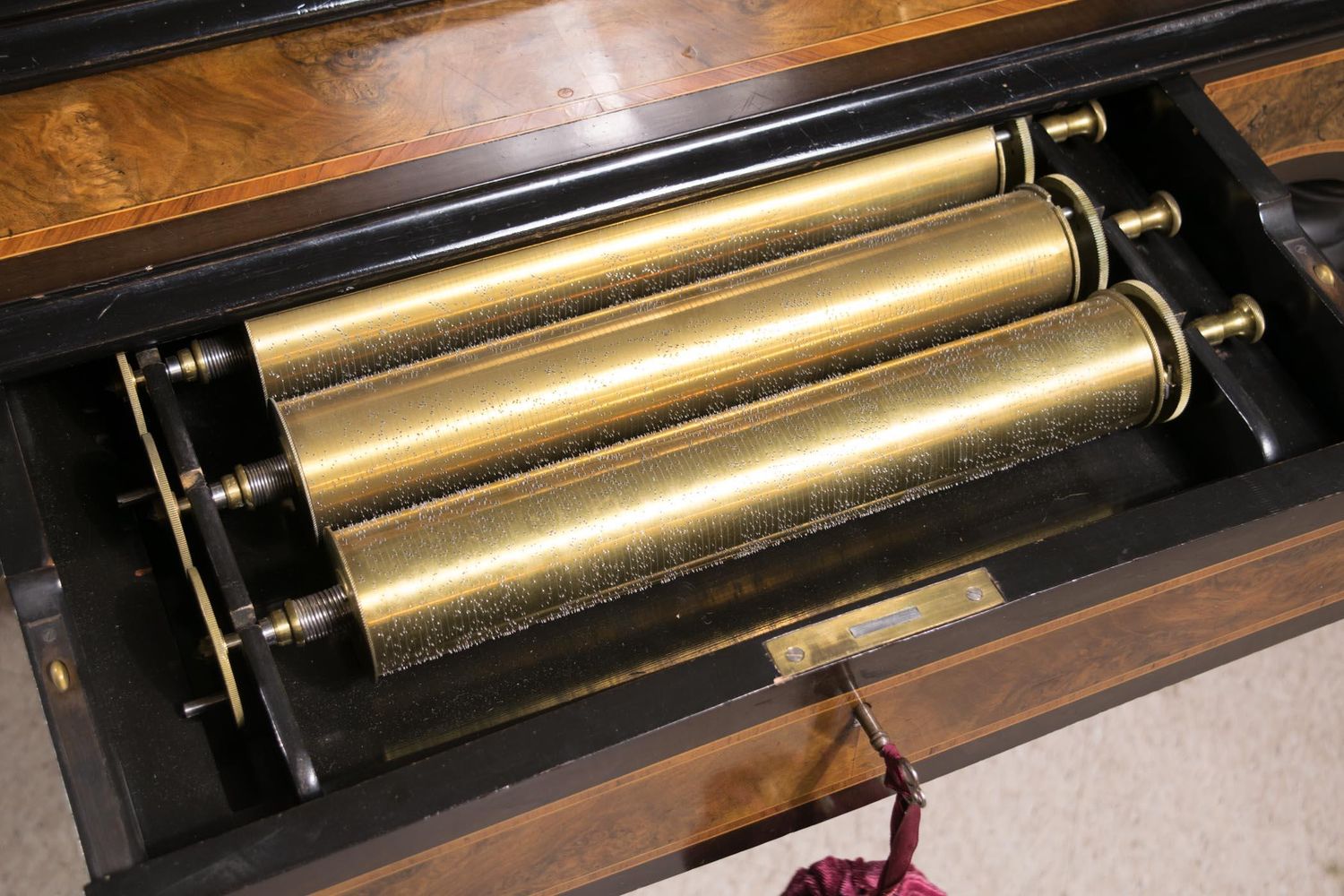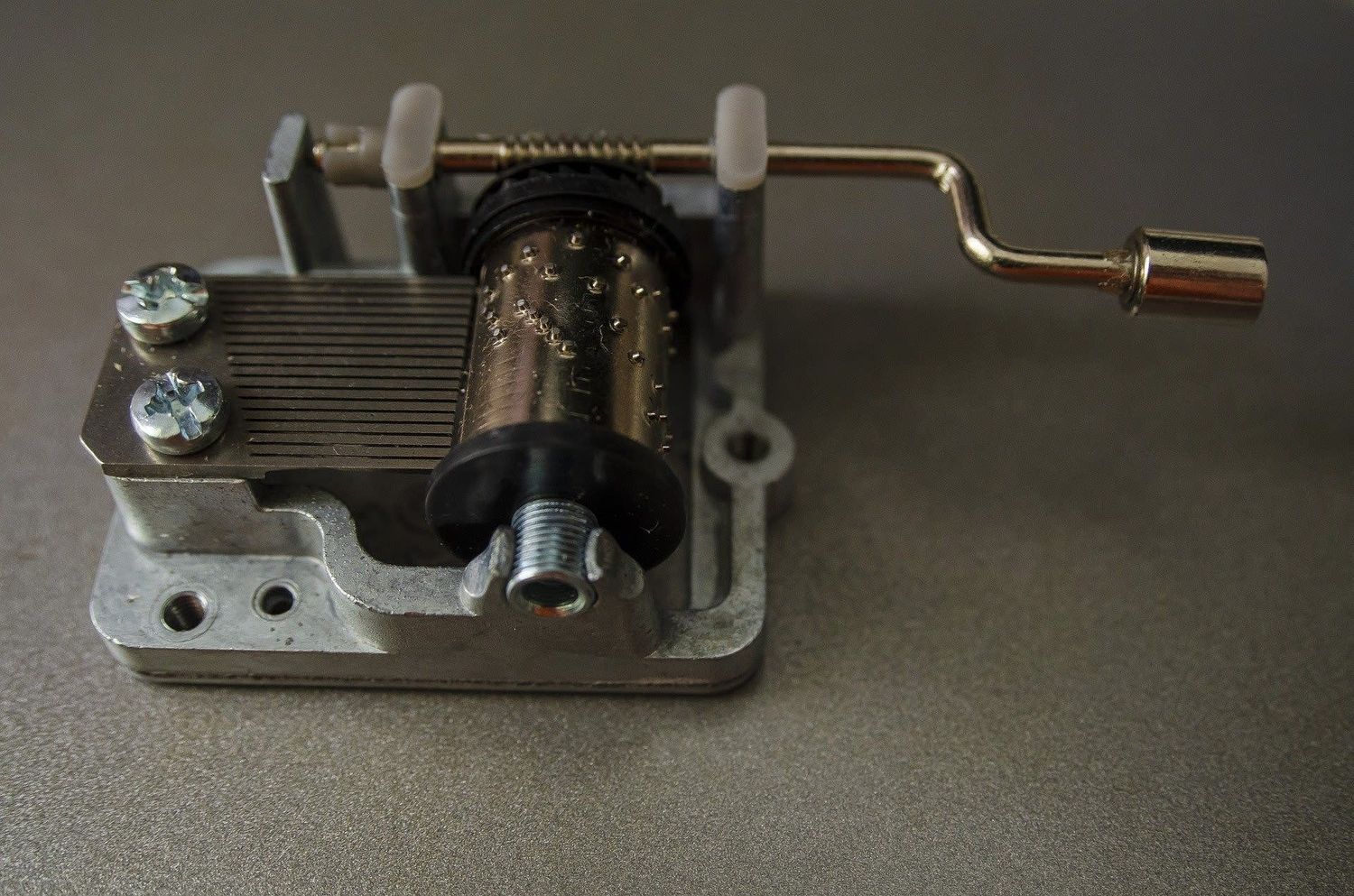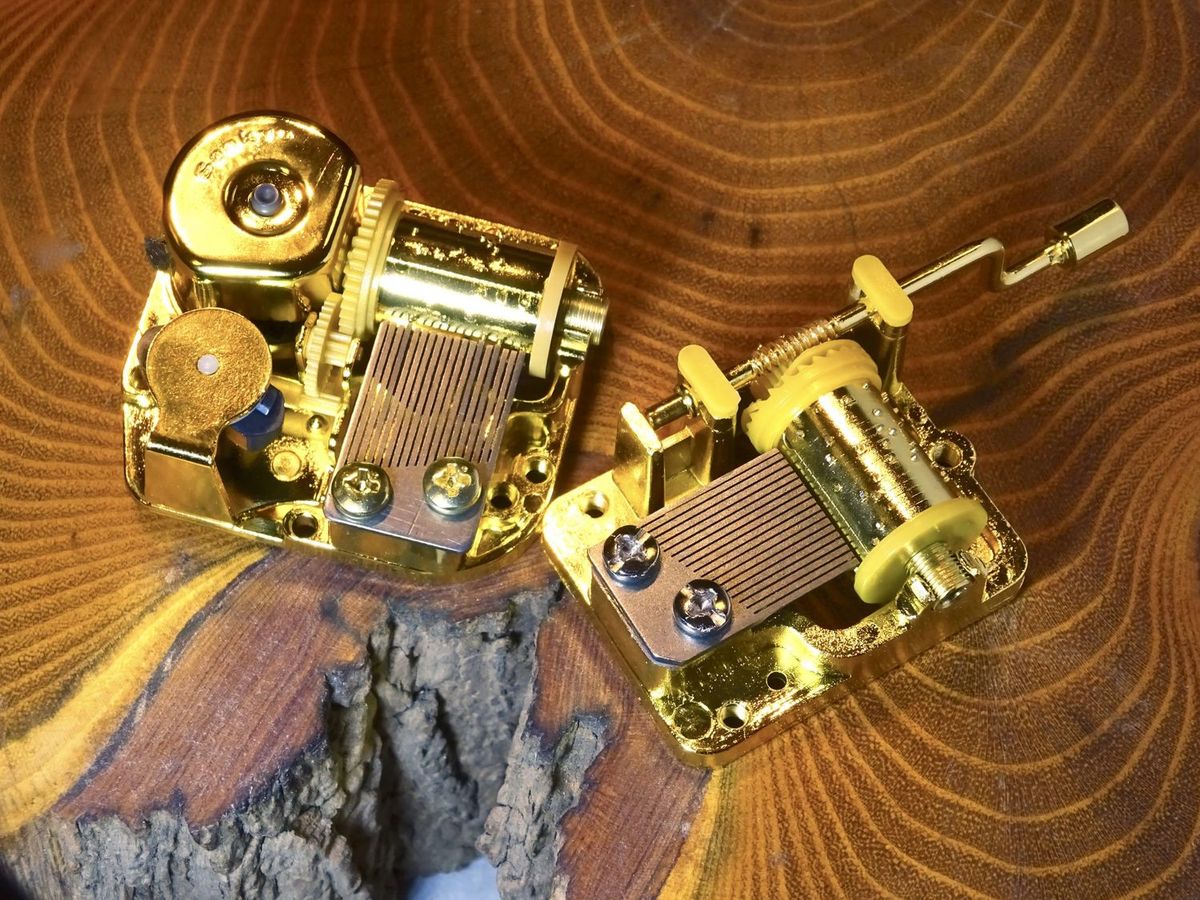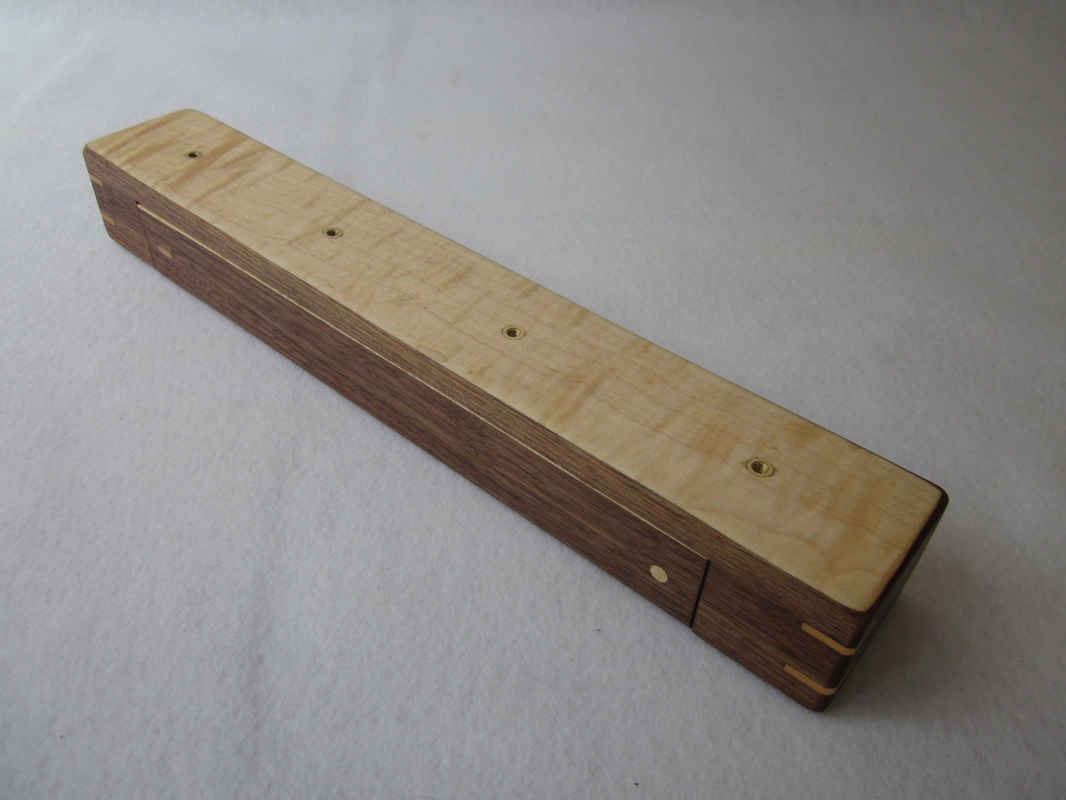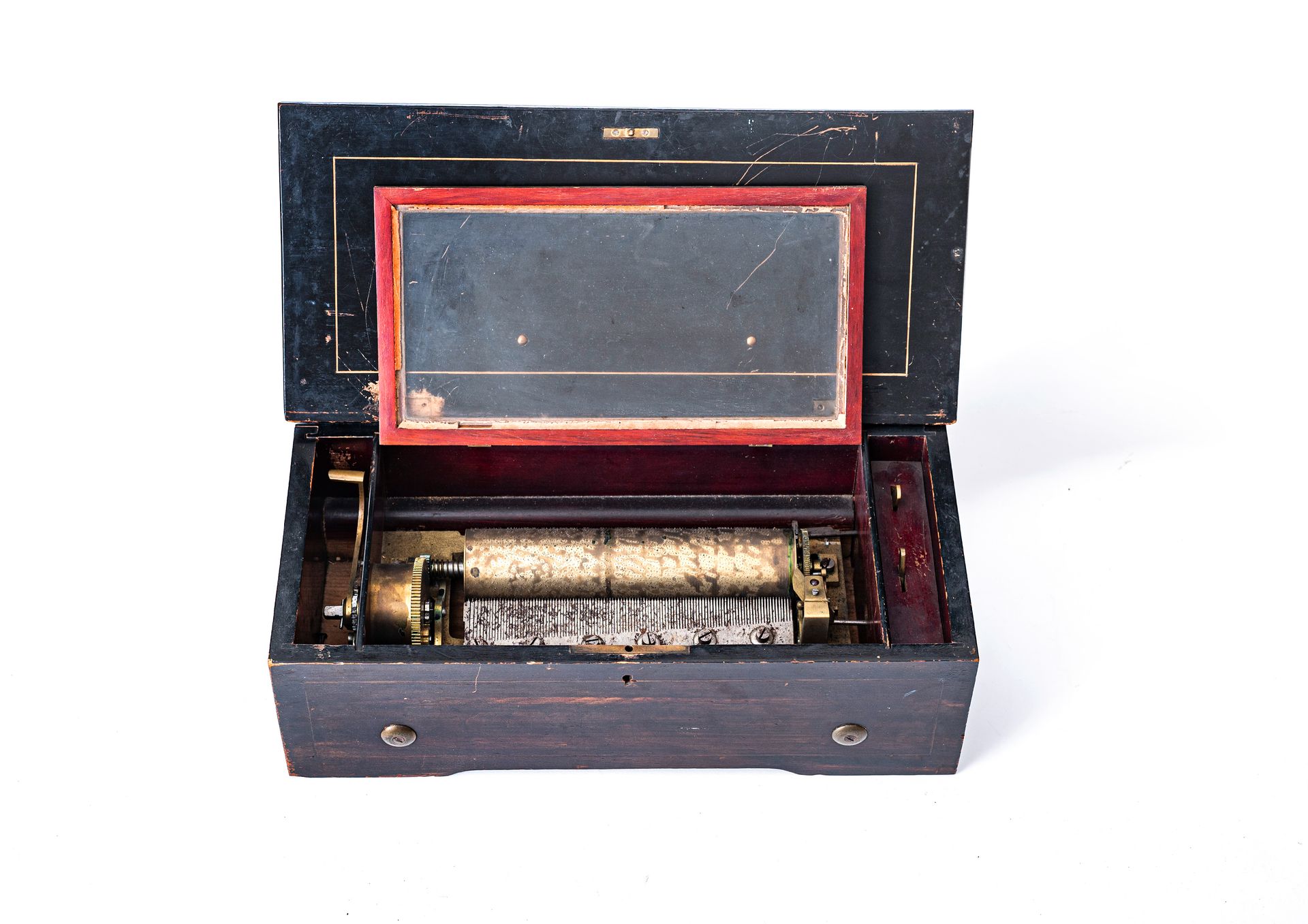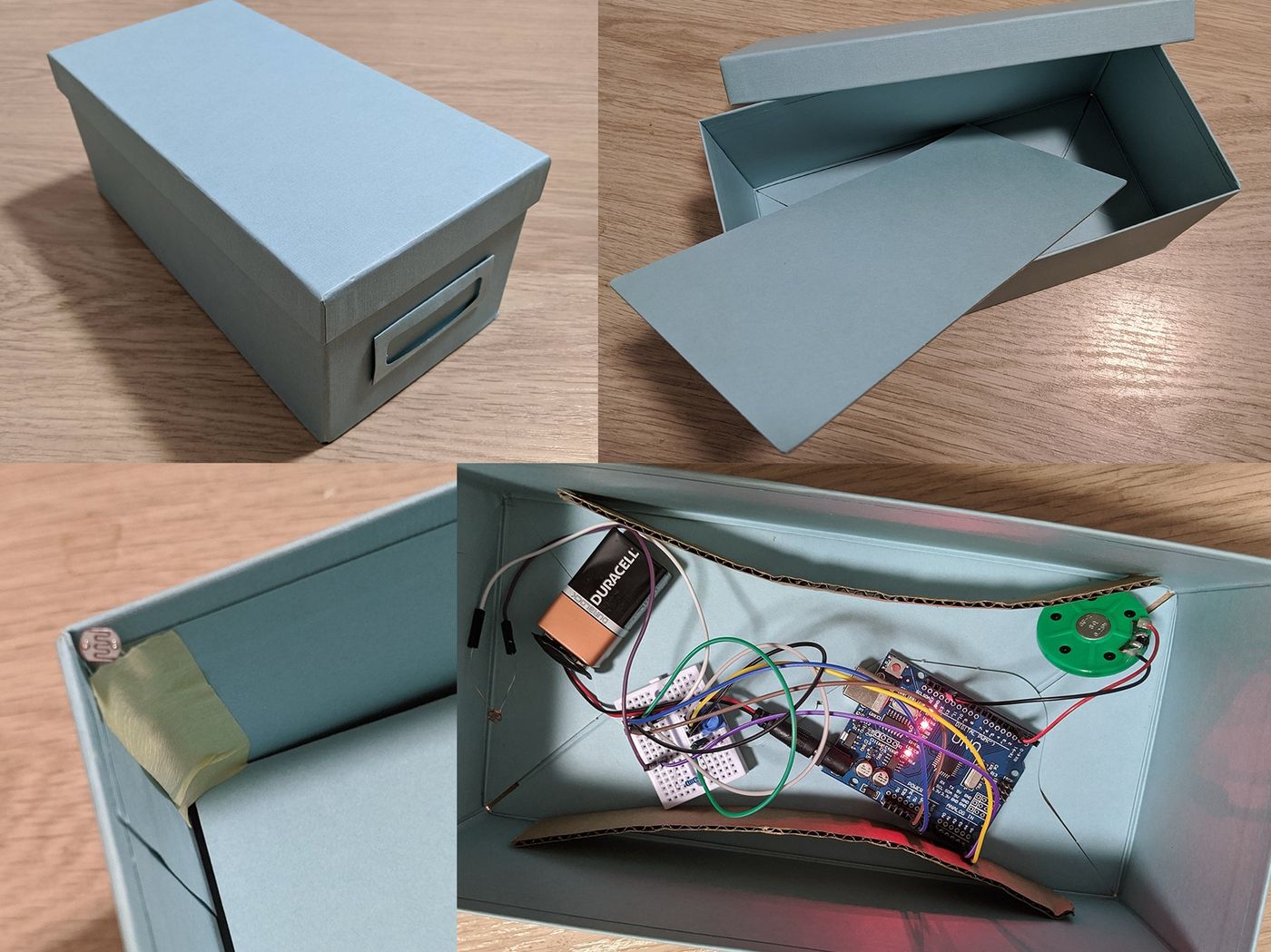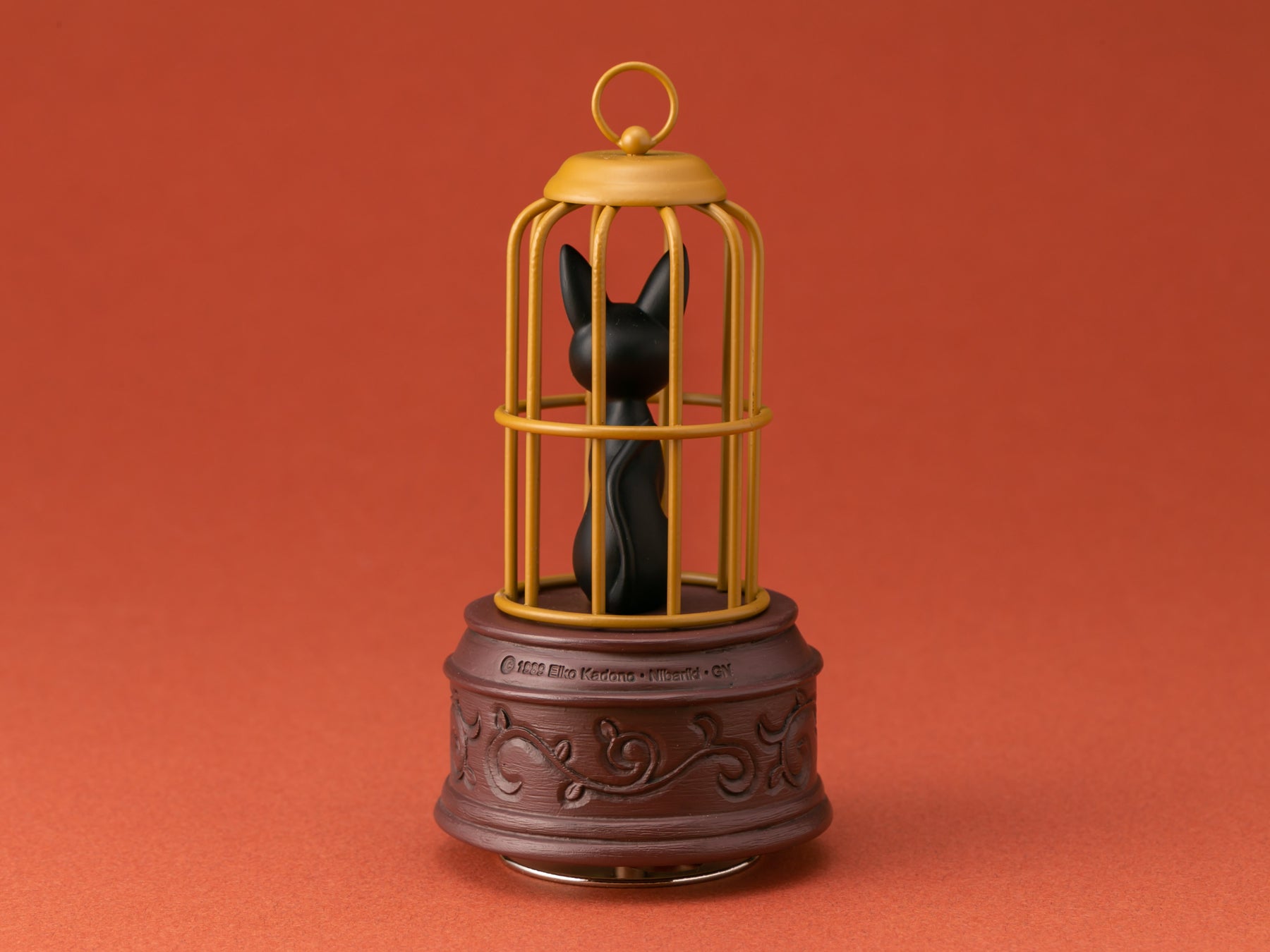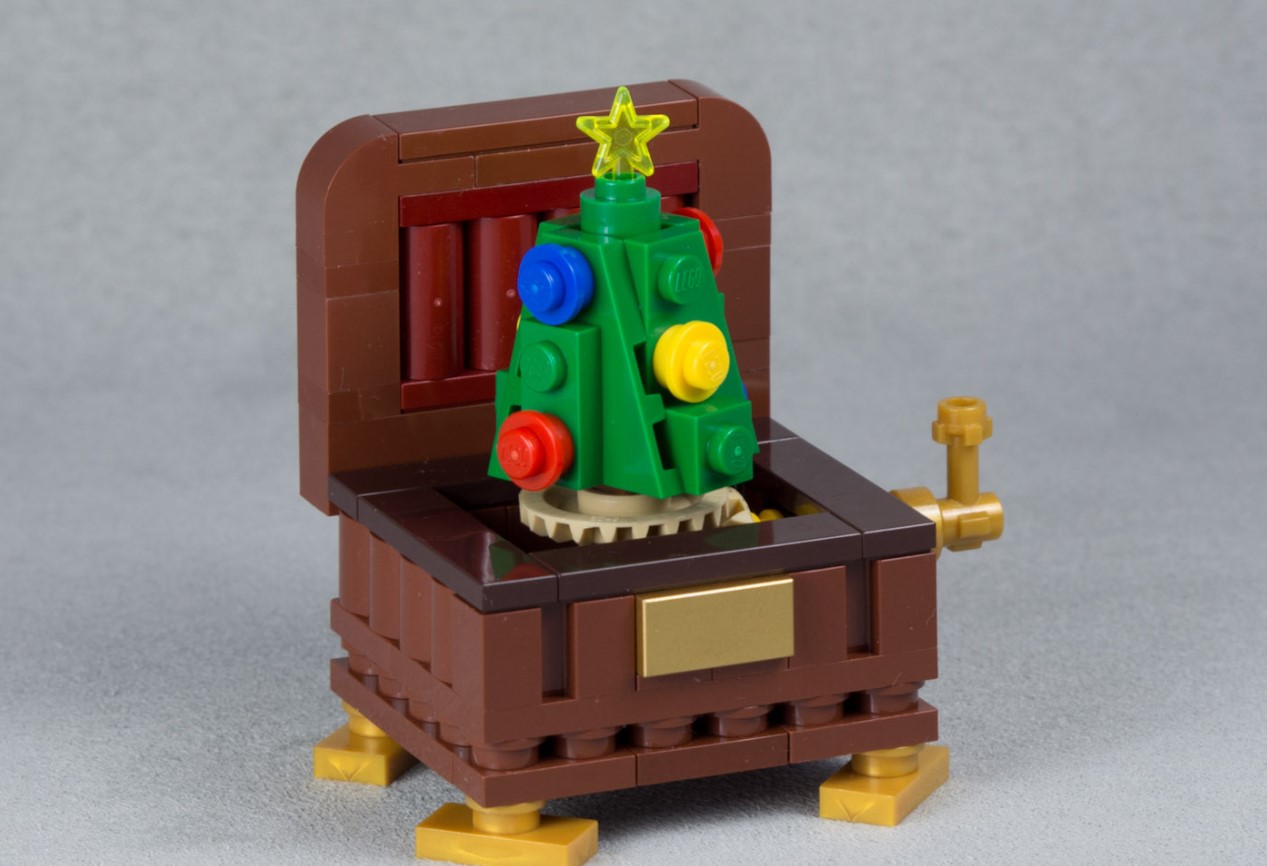Home>Devices & Equipment>Music Box>What Makes A Music Box Work
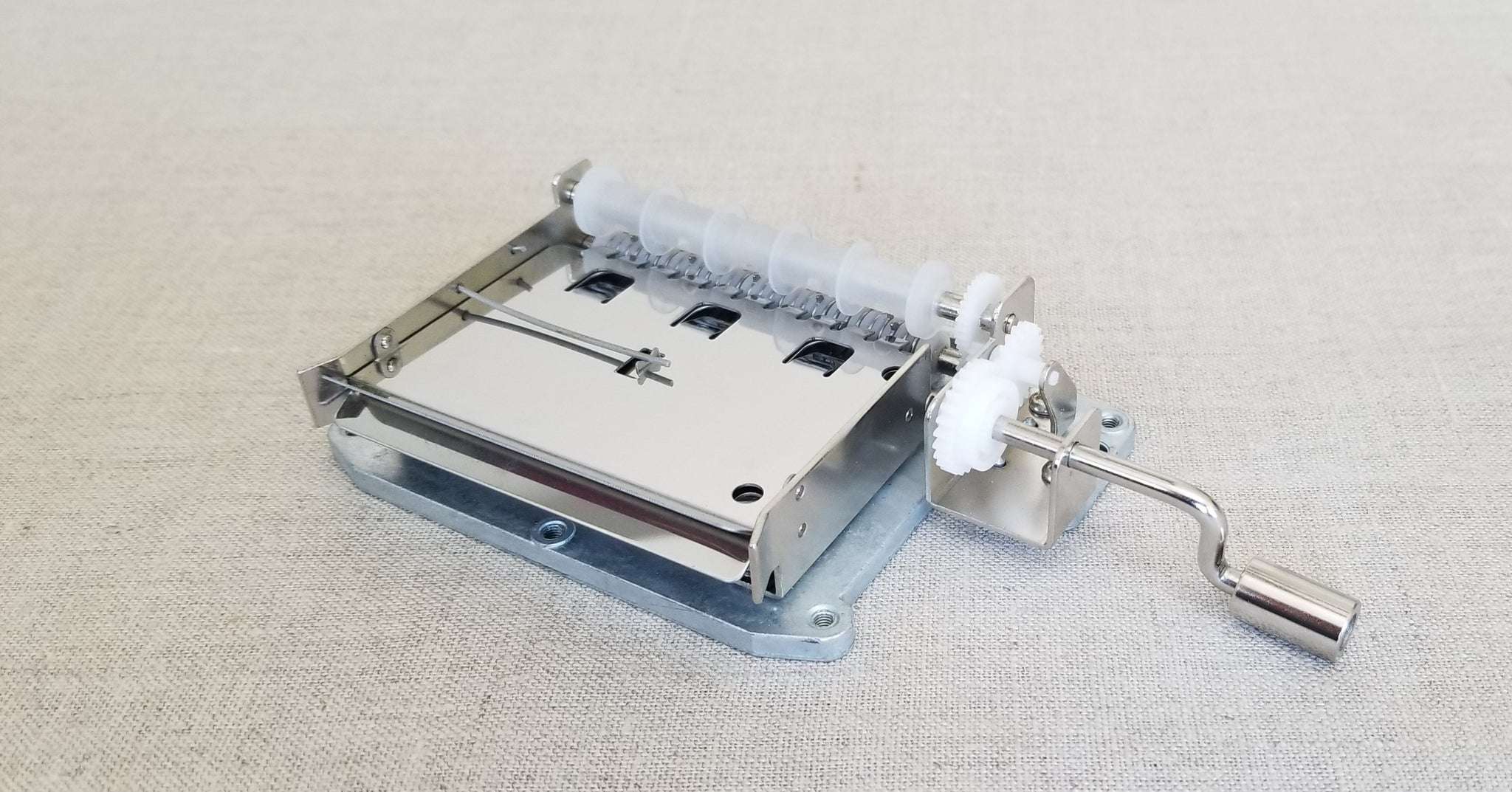

Music Box
What Makes A Music Box Work
Published: January 12, 2024
Discover the captivating mechanics behind music boxes and learn how these intricate devices produce enchanting melodies. Uncover the secrets of how a music box works and explore its timeless charm.
(Many of the links in this article redirect to a specific reviewed product. Your purchase of these products through affiliate links helps to generate commission for AudioLover.com, at no extra cost. Learn more)
Table of Contents
Introduction
Music boxes have been enchanting people for centuries with their melodious tunes and intricate mechanisms. These delightful and intricate devices are more than just decorative pieces; they are a testament to the beauty of music and the ingenuity of their craftsmanship. Whether it’s the delicate chimes of a small jewelry box or the grandeur of a large orchestral music box, these musical wonders have the power to transport us to another time and place.
In this article, we will explore the fascinating world of music boxes, taking a closer look at their history, the components that make them work, and the different types available. We will also delve into the art of collecting and maintaining music boxes, ensuring their longevity and preserving their magic for years to come.
Throughout their evolution, music boxes have captivated people’s imagination and brought joy to countless individuals. The delicate melodies that emanate from these tiny treasures create moments of serenity and nostalgia, reminding us of the power of music to touch our hearts and evoke cherished memories.
So, join us as we embark on a journey through the intricacies of music boxes, exploring the inner workings, the craftsmanship behind their creation, and the joy they bring to both collectors and admirers alike.
History of Music Boxes
The origins of the music box can be traced back to ancient Greece, where simple musical instruments like the hydraulis and the organistrum were the precursors to this enchanting device. However, the modern music box that we are familiar with today first emerged in the 18th century in Europe.
The invention of the music box is often credited to Swiss watchmaker Antoine Favre, who created the first music box in 1796. These early music boxes were small, portable devices with a rotating cylinder or disk that had strategically placed pins or metal teeth. As the cylinder or disk rotated, the pins or teeth plucked a set of tuned metal or glass bars, producing musical notes.
The popularity of music boxes quickly spread throughout Europe, captivating both the wealthy elite and the common folk. They became a symbol of status and sophistication, adorned with intricate wooden casings and embellishments.
During the 19th century, music boxes experienced a golden age, with Swiss craftsmen leading the way in innovation and refinement. They introduced more intricate mechanisms, allowing for multiple tunes to be played and incorporating features like bells, drums, and even operatic automata.
With the advent of the Industrial Revolution, music box production became more efficient, and their popularity grew exponentially. Music boxes were now affordable for a wider audience and became a cherished household item.
In the early 20th century, music boxes faced competition from other forms of entertainment, such as phonographs and radios. However, they continued to capture the hearts of collectors and enthusiasts who appreciated the unique craftsmanship and ethereal beauty of these mechanical music makers.
Today, music boxes have evolved to incorporate electronic components, allowing for even more versatility in tune selection and customization. However, many still appreciate the beauty and charm of the vintage, hand-crafted music boxes that harken back to a time of elegance and sophistication.
The history of music boxes reveals their enduring appeal and the timeless pleasure they bring through their delicate melodies. They are not merely functional objects, but cherished treasures that hold a special place in our hearts and homes.
Components of a Music Box
Behind the enchanting melodies produced by a music box lie a series of intricate components working in harmony to create beautiful music. Understanding the key components of a music box allows us to appreciate the craftsmanship involved and gain a deeper appreciation for these delightful devices.
1. Cylinder or Disk: The cylinder or disk is the heart of the music box. It is usually made of brass and contains strategically placed pins or metal teeth. As the cylinder or disk rotates, the pins or teeth pluck the tuned metal or glass bars, producing various notes.
2. Comb: The comb is a thin strip of metal with teeth that corresponds to the notes produced by the cylinder or disk. It is mounted within the music box and vibrates when the pins or teeth on the cylinder or disk pass over its teeth. The number of teeth on the comb determines the range of notes the music box can produce.
3. Spring Mechanism: The spring mechanism is responsible for powering the music box. It consists of a tightly wound metal spring that stores mechanical energy when wound up. As the spring unwinds, it releases this energy and drives the rotation of the cylinder or disk, setting the music in motion.
4. Regulator: The regulator controls the speed at which the cylinder or disk rotates, ultimately determining the tempo of the music. It is usually a series of rotating disks or a governor mechanism that adjusts the tension of the spring, ensuring consistent and melodious playback.
5. Stop/Start Mechanism: The stop/start mechanism is a lever or button that allows the user to control the activation and deactivation of the music box. When engaged, it allows the spring mechanism to unwind and the notes to be played. When disengaged, it stops the music.
6. Case and Decorative Elements: The case of a music box not only houses the internal components but also serves as a canvas for artistic expression. Music boxes can be found in a variety of shapes, sizes, and materials, from intricately carved wooden cases to ornate metal designs, adorned with decorative elements like inlaid wood, enamel, or precious stones.
Each of these components plays a vital role in creating the magical music that emanates from a music box. The craftsmanship required to design and assemble these components is a testament to the dedication and skill of the artisans who bring these wonderful objects to life.
How the Music Box Produces Sound
The captivating melodies produced by a music box may seem like magic, but the process behind creating those delicate notes is actually a fascinating combination of mechanical precision and artistic craftsmanship. Understanding how a music box produces sound allows us to appreciate the intricate workings that bring these melodies to life.
When the user winds up the music box by turning a key or a winding mechanism, the tightly wound spring is activated. As the spring slowly unwinds, it releases stored mechanical energy, which is transferred to the rotational motion of the cylinder or disk.
The cylinder or disk contains strategically placed pins or metal teeth. As the cylinder or disk rotates, these pins or teeth pass over a comb, which is a thin strip of metal with teeth that correspond to the notes produced. The pins or teeth on the cylinder or disk pluck the teeth on the comb, creating vibrations.
These vibrations then travel through the comb, which acts as a resonator, amplifying the sound. The comb is usually made of metal, and the length, shape, and arrangement of its teeth determine the pitch and tone of each note.
As the sound resonates through the comb, it is further amplified and enriched by the hollow chamber of the music box’s case. The case serves as a soundbox, allowing the vibrations to reverberate and fill the surrounding space, creating a fuller and more resonant sound.
The tempo or speed at which the pins or teeth on the cylinder or disk pass over the comb is controlled by a regulator mechanism. This mechanism ensures a consistent and harmonious playback by adjusting the tension of the spring and regulating the rotation speed of the cylinder or disk.
The combination of the vibrating teeth on the comb, the resonating soundbox, and the controlled tempo results in the delightful melodies that we associate with music boxes. It is the perfect marriage of mechanics and artistry, creating a symphony in miniature.
Additionally, some modern music boxes incorporate electronic components or digital mechanisms that offer more versatility in tune selection and customization. These electronic music boxes may use microchips or digital programming to reproduce a wide range of musical pieces.
Whether it’s the delicate tones of a vintage mechanical music box or the modern versatility of an electronic version, the process by which a music box produces sound remains a testament to the ingenuity and creativity of those who craft these musical wonders.
Different Types of Music Boxes
Music boxes come in a wide variety of shapes, sizes, and types, each with its own unique charm and characteristics. From traditional mechanical music boxes to modern digital versions, there is a music box to suit every taste and preference. Let’s explore some of the different types of music boxes available:
- Traditional Mechanical Music Boxes: These are the classic music boxes that we often envision, with a hand-wound mechanism and a rotating cylinder or disk that plays music through a comb. They are usually made of wood or metal and feature intricate designs and craftsmanship.
- Carousel Music Boxes: Carousel music boxes are a whimsical variation of the traditional music box. They typically feature a central carousel or merry-go-round structure that rotates as the music plays. Each figurine on the carousel may be beautifully crafted and intricately painted, adding an element of visual delight to the musical experience.
- Jewelry Box Music Boxes: These music boxes double as functional jewelry boxes, combining storage for precious trinkets with musical enjoyment. They often feature multiple compartments and a mirror, with the music playing when the lid is opened.
- Animated Music Boxes: Animated music boxes bring a touch of enchantment with their moving figurines or scenes. These music boxes often contain miniature dancers, ballerinas, or other animated figures that twirl and dance to the music, enhancing the visual spectacle.
- Christmas Music Boxes: Christmas music boxes are a popular collector’s item during the holiday season. These music boxes often depict festive scenes, such as Santa Claus, reindeer, or nativity scenes, and play beloved Christmas tunes that evoke the spirit of the season.
- Digital Music Boxes: In the modern age, digital music boxes have emerged, offering greater versatility and convenience. These music boxes use electronic components to store and reproduce a wide range of tunes, often allowing users to select and customize their music through digital interfaces.
- Custom and Personalized Music Boxes: Some music boxes can be customized or personalized, making them unique and sentimental gifts. These music boxes may allow for the inclusion of personalized engravings, photos, or special messages, creating a truly bespoke musical treasure.
These are just a few examples of the different types of music boxes available, each offering its own distinct charm and appeal. Whether you prefer the nostalgia of a traditional mechanical music box or the modern versatility of a digital variation, there is undoubtedly a music box out there to captivate your heart and fill your surroundings with beautiful melodies.
Collecting and Maintaining Music Boxes
Collecting music boxes can be a rewarding and fulfilling hobby, allowing enthusiasts to appreciate the exquisite craftsmanship and musical beauty of these captivating devices. However, to ensure the longevity and pristine condition of your music box collection, proper maintenance and care are essential. Here are some tips for collecting and maintaining music boxes:
- Research and Educate Yourself: Before starting your collection, take the time to learn about different types of music boxes, their history, and the features that make each one unique. This knowledge will help you make informed purchasing decisions and appreciate the value and significance of the pieces you acquire.
- Choose Reliable Sources: When adding to your collection, purchase music boxes from reputable sources, such as trusted dealers, auctions, or verified online sellers. This ensures that you are getting authentic and well-maintained pieces.
- Handle with Care: When handling music boxes, always do so with clean hands and handle them delicately. Avoid touching the delicate internal components and be mindful of any fragile or delicate decorations on the exterior.
- Keep Away from Moisture and Direct Sunlight: Excessive moisture can damage the internal mechanisms and lead to rust or corrosion. Similarly, direct sunlight can fade or damage the exterior finish. Store your music boxes in a cool, dry place, away from direct sunlight and humidity.
- Regularly Wind and Play the Music Box: To keep the internal mechanisms in good working condition, regularly wind and play your music boxes. This helps to prevent the lubricants from drying out and ensures that the mechanical parts stay in proper working order.
- Periodically Clean the Music Box: Dust and debris can accumulate inside a music box over time, affecting its performance. Use a soft brush or cloth to gently clean the exterior and remove any dirt or dust from the surfaces. Be cautious not to apply excessive force or use harsh cleaning agents that could damage the materials.
- Seek Professional Maintenance: If you encounter any issues with your music box, such as slowing down of the rotation or a loss of sound quality, it is advisable to seek professional maintenance. Qualified technicians specialize in repairing and restoring music boxes, ensuring that they continue to provide enchanting melodies for years to come.
- Showcase and Display Your Collection: Finally, proudly showcase and display your music box collection in a way that protects them from potential accidents or mishaps. Consider using glass display cases or shelves with proper cushioning to prevent any accidental damage.
By following these tips, you can enjoy your music box collection for years to come, preserving their beauty and musical allure. Remember, each music box is a treasured piece of art and craftsmanship, and with proper care and maintenance, they will continue to bring joy and wonder for generations.
Conclusion
Music boxes are more than just decorative items; they are magical portals that transport us to a world of enchanting melodies and nostalgic moments. The history, components, and various types of music boxes all contribute to their timeless appeal and enduring charm. From traditional mechanical music boxes to modern digital versions, there is a music box to suit every taste and preference.
Collecting and maintaining music boxes is a rewarding hobby that allows us to appreciate the exquisite craftsmanship and artistry behind these musical treasures. By educating ourselves, choosing reliable sources, and practicing proper care and maintenance, we can ensure the longevity and optimal performance of our music box collections.
As we wind up a music box and hear the gentle notes fill the air, we are reminded of the power of music to evoke emotions, create memories, and uplift our spirits. The delicate combination of mechanical precision and artistic craftsmanship comes together to create something truly magical.
So let the soothing melodies of a music box take you on a journey, sparking joy and wonder in your heart. As you listen to the enchanting tunes, may you be reminded of the beauty and power of music to transcend time and touch our souls.
Whether you are a collector, an enthusiast, or simply an admirer of these musical wonders, let the world of music boxes continue to captivate and inspire you, keeping the magic of their melodies alive for generations to come.

